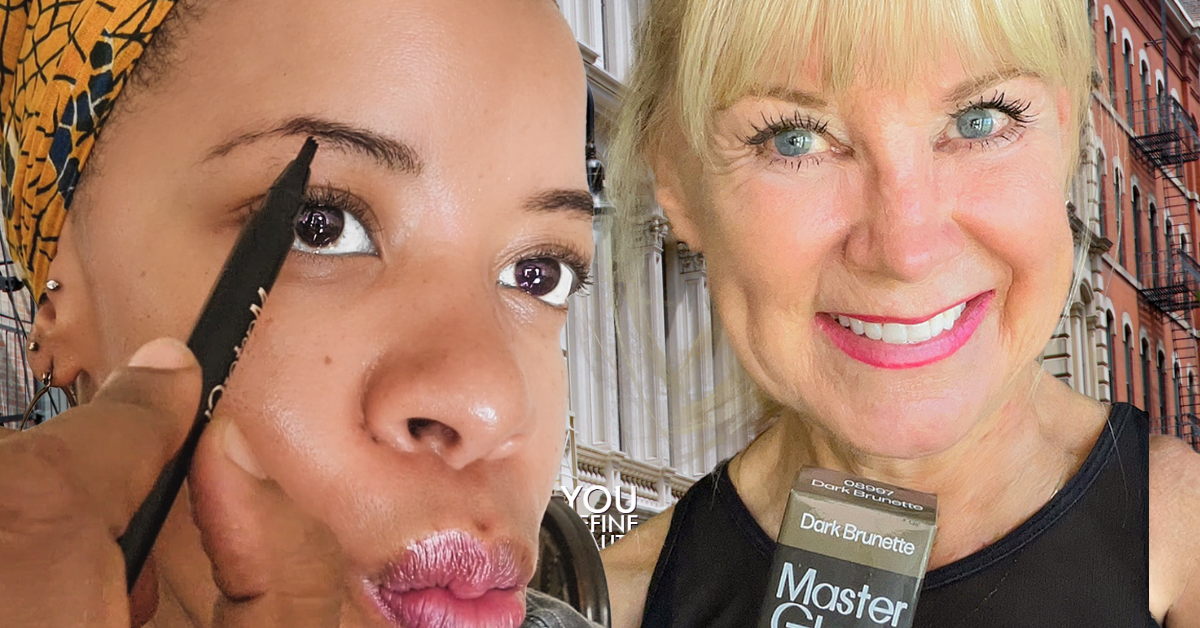Postpartum Hair Loss: What you need to know
For many new mothers, postpartum alopecia- often referred to as postpartum hair loss- is one of the several physiologic changes that can occur after giving birth. Most women experience hair thinning to some degree in the 2-4 months after giving birth. While it can be alarming to lose old growth, there is no need to panic if you discover a few clumps getting caught in the drain or in between the teeth of your comb. For most, postpartum hair loss is a temporary condition that fully resolves on its own within 6-15 months. Here's what you need to know about this common condition.
Causes of Postpartum Hair Loss
While postpartum hair loss can have several different contributing factors, reduced hormone production is the most well-researched. During pregnancy, increased production of hormones like estrogen and progesterone help to elongate the anagen (growth) phase and even increase the diameter of the hair shaft. (1) Elevated levels of these hormones can even cause new facial hairs to grow, especially in women with darker hair. Interestingly, mothers with darker hair seem to experience more pronounced facial hair growth along the upper lip and chin during pregnancy. (PMID: 23342707)
Within 24-48 hours of giving birth, estrogen and progesterone production quickly returns to pre-pregnancy levels to support milk production. At the same time, this sudden change in hormone production causes anagen hairs to shift to a telogen-predominant distribution, wherein the hair remains in place for 2-4 months but no longer continues to grow. This is followed by the exogen phase, a 2-5 month period where hair is released from the follicles and falls out.
While biological changes can result in increased hair shedding, it is equally important not to overlook various lifestyle changes that come naturally after giving birth, like discontinuing prenatal vitamin intake or switching to a new diet. The stress of childbirth and caring for a newborn can exacerbate symptoms of temporary hair loss; communicating these symptoms to your partner can be helpful, as he/she can make tailor-made lifestyle changes that can help you and your hair transition back to normal.
How long does postpartum hair loss last?
Symptoms of postpartum hair loss typically resolve on their own within 6-15 months. (Gizlenti, 2013) If you are experiencing significant shedding or if your hair does not seem to be returning to normal after a year, it may be worthwhile to start a conversation with your doctor. While rare, it is possible that symptoms of postpartum hair loss may be masking an underlying condition like postpartum thyroiditis, a condition that affects around 5% of women after pregnancy.
Does breastfeeding cause postpartum hair loss?
While the act of breastfeeding itself is not linked to postpartum hair loss, the stress that comes with managing your breast milk supply and helping your baby to latch on properly can contribute to stress-induced hair loss. In 2013, a study was conducted in Istanbul on 116 women to examine the potential impact of breastfeeding on hair density during the 4th, 6th, and 9th post-partum month. Researchers found that while breastfeeding women had a higher share of hairs in the anagen growth phase during their 4th postpartum month compared to women that did not breastfeed, there was no observable difference in the months following. (Gizlenti, 2013)
Managing Postpartum Hair Loss
In many cases, specific treatment for postpartum hair loss is not necessary; the condition can resolve itself over time as your hormone levels return to normal and your stress levels normalize.
However, there are some things you can do to effectively manage symptoms of postpartum and stress-induced thinning.
- Be gentle with your hair by avoiding tight hairstyles and harsh treatments such as chemical relaxers that could further damage your strands.
- Add a volumizing shampoo and conditioner to give your thinning locks a fuller appearance. Try to limit washes to every other day to avoid stripping your hair of natural oils
- Continue to maintain a diet rich in proteins and healthy monounsaturated fats after giving birth. You can get a majority of the nutrition you need from consuming whole foods, fruits, and vegetables with every meal.
- Consider talking to your doctor about taking a supplement to ensure that your hair is getting the nutrients needed to stay strong and healthy.
Dealing with postpartum hair loss or thinning is a normal part of childbirth. While it can be unexpected, remember that in most cases, it is likely to resolve itself in a few months' time. Giving the body time to bounce back from the transformation it made is key to feeling and looking your best for you and your newborn.
References
- Tosti A, Piraccini BM, Sisti A, Duque-Estrada B. Hair loss in women. Minerva Ginecol. 2009 Oct;61(5):445-52. PMID: 19749676.
- Van Onselen J. Skin changes during pregnancy. Part 1. J Fam Health Care. 2012 Dec;22(6):28-30. PMID: 23342707.
- Gizlenti S, Ekmekci TR. The changes in the hair cycle during gestation and the post-partum period. J Eur Acad Dermatol Venereol. 2014 Jul;28(7):878-81. doi: 10.1111/jdv.12188. Epub 2013 May 20. PMID: 23682615.


